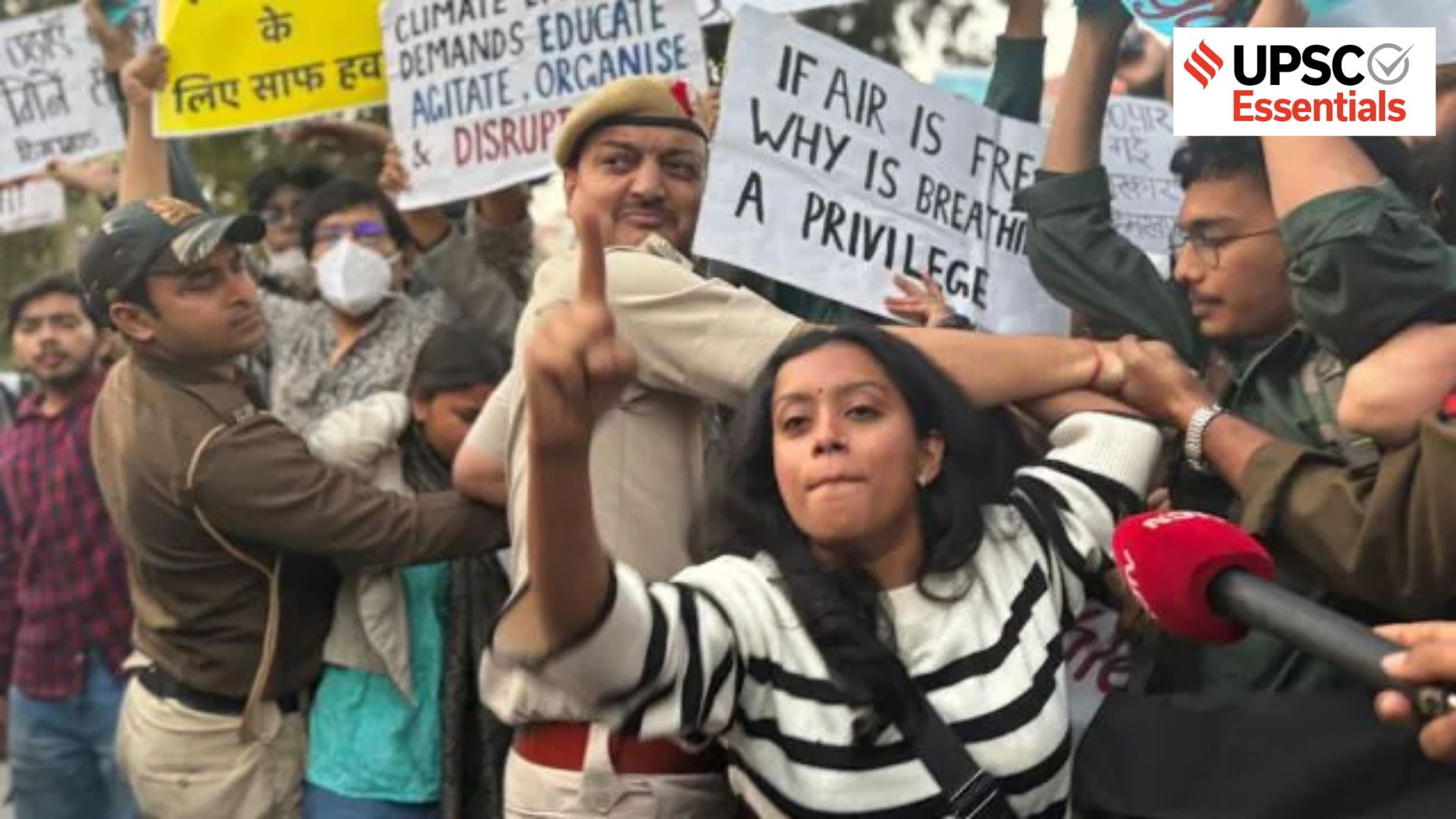Dr. Toni Boulware Stackhouse highlights National Minority Mental Health Awareness Month – AFRO American Newspapers

Report on Minority Mental Health Disparities and Alignment with Sustainable Development Goals
Introduction: National Minority Mental Health Awareness Month
July is designated as National Minority Mental Health Awareness Month, providing a crucial opportunity to assess the significant mental health inequities affecting racial and ethnic minorities in the United States. These disparities represent a substantial challenge to achieving key United Nations Sustainable Development Goals (SDGs), particularly SDG 3 (Good Health and Well-being) and SDG 10 (Reduced Inequalities). The persistent gap in mental healthcare access and outcomes for minority populations undermines the global commitment to ensure healthy lives and promote well-being for all at all ages.
Analysis of Disparities in Mental Healthcare Access
Statistical Overview of Inequities
Data reveals stark contrasts in mental healthcare utilization, highlighting a failure to meet the targets of SDG 3 and SDG 10. The evidence indicates a systemic inequality where access to essential health services is not universal.
- Fewer than 50% of Black adults in need of mental health care receive it.
- Asian Americans are approximately 60% less likely than non-Hispanic Whites to receive mental health treatment.
- Hispanics are roughly 50% less likely than non-Hispanic Whites to access mental healthcare.
- In 2020, treatment rates were nearly 52% for non-Hispanic Whites, compared to only 37% for non-Hispanic Black adults.
Escalating Crisis Among Minority Youth
The mental health crisis is particularly acute among minority youth, signaling an urgent need for targeted interventions to protect vulnerable populations, a core tenet of SDG 3. Recent trends include:
- The suicide rate among Black children aged 5-12 is nearly double that of their White counterparts.
- In 2022, the suicide rate for Black adolescents surpassed that of White adolescents for the first time.
Systemic Barriers and Their Contradiction to SDG Principles
Root Causes of Mental Health Inequities
The disparities in mental health outcomes are not arbitrary but are fueled by systemic issues that directly contradict the principles of SDG 10 (Reduced Inequalities) and SDG 16 (Peace, Justice and Strong Institutions). These foundational barriers prevent the establishment of inclusive societies and equitable access to care.
- Structural Racism and Discrimination: Pervasive discrimination creates chronic stress and barriers to care, undermining efforts to ensure equal opportunity as outlined in SDG 10.3.
- Economic Hardship: Financial instability, a factor linked to SDG 8 (Decent Work and Economic Growth), is a significant contributor to mental distress and a barrier to affording care.
- Trauma and Policy-Induced Stress: The COVID-19 pandemic disproportionately worsened mental health outcomes for minority populations. Furthermore, aggressive immigration enforcement and surveillance policies have inflicted widespread psychological distress, conflicting with the goal of SDG 16 to promote just and inclusive societies.
A Call to Action for Achieving Health Equity
Expert Recommendations for Systemic Change
Dr. Toni Boulware Stackhouse, founder of Life Matters Wellness, emphasizes the accelerating nature of these disparities and calls for immediate action. “We must confront structural inequities, expand culturally competent care and offer targeted support for racial and ethnic minorities,” she states. This call to action aligns with the SDG framework, which requires proactive measures to ensure no one is left behind. Dr. Stackhouse warns, “If we don’t act now, disparities will only deepen.”
Strategic Interventions by Life Matters Wellness
In response to this crisis, Life Matters Wellness has implemented a multi-faceted strategy that directly supports the achievement of several SDGs. These initiatives serve as a model for closing the health equity gap.
- Culturally and Linguistically Appropriate Therapy: By providing providers with lived experience and specialized training in racial trauma, this initiative directly supports SDG 3 by improving the quality and effectiveness of care for diverse populations.
- Accessible and Affordable Services: Offering sliding-scale fees and extended hours addresses the financial barriers to care, advancing SDG 3.8 (Universal Health Coverage) and SDG 10 (Reduced Inequalities).
- Community Partnerships: Collaborating with local organizations serving minority and immigrant communities exemplifies SDG 17 (Partnerships for the Goals), leveraging collective action to achieve greater impact.
- Targeted Outreach and Education: Bringing mental wellness education into trusted community spaces like schools and faith-based groups supports SDG 3 (Good Health and Well-being) and SDG 4 (Quality Education) by promoting health literacy and reducing stigma.
- Capacity Building for Future Providers: Training and supervising new clinicians ensures a future workforce equipped to provide sensitive and effective care, contributing to a stronger health system in line with SDG 3.
Conclusion: The Imperative for Collective Action to Meet Global Goals
National Minority Mental Health Awareness Month is a reminder that mental health equity is a fundamental component of social justice and sustainable development. The persistent disparities faced by minority communities are a direct barrier to achieving SDG 3 and SDG 10. As emphasized by Dr. Stackhouse, inaction will only widen these gaps. Therefore, a concerted and collaborative effort from policymakers, healthcare providers, and community organizations is imperative to dismantle systemic barriers and ensure that equitable mental healthcare becomes a reality for all.
Analysis of Sustainable Development Goals (SDGs) in the Article
SDG 3: Good Health and Well-being
This goal is central to the article, which focuses on mental health disparities and the need for accessible, quality mental healthcare for minority populations.
SDG 10: Reduced Inequalities
The article’s core theme is the inequality in mental health access and outcomes between racial and ethnic minorities and their White counterparts. It explicitly discusses “structural racism, discrimination, economic hardship and trauma” as drivers of these disparities.
SDG 16: Peace, Justice and Strong Institutions
The article links mental health issues to systemic problems, mentioning that disparities are “fueled by structural racism” and that “aggressive immigration enforcement and surveillance by ICE” inflict “widespread psychological distress.” This connects the issue to justice and the impact of institutional policies.
Identified SDG Targets
Targets for SDG 3: Good Health and Well-being
-
Target 3.4: By 2030, reduce by one third premature mortality from non-communicable diseases through prevention and treatment and promote mental health and well-being.
- The article directly addresses this by highlighting the urgent need to treat mental illness and prevent negative outcomes, such as the rising suicide rates among Black youth. The work of Life Matters Wellness in providing therapy and support is a direct effort to promote mental health and well-being.
-
Target 3.8: Achieve universal health coverage, including financial risk protection, access to quality essential health-care services and access to safe, effective, quality and affordable essential medicines and vaccines for all.
- The article details the lack of universal access, stating that “fewer than one in two Black adults access needed mental health care.” It also points to barriers such as cost and scheduling, which Life Matters Wellness addresses through “sliding-scale fees and extended hours.” The call for “culturally competent care” speaks to the quality of services.
Targets for SDG 10: Reduced Inequalities
-
Target 10.2: By 2030, empower and promote the social, economic and political inclusion of all, irrespective of age, sex, disability, race, ethnicity, origin, religion or economic or other status.
- The article highlights the exclusion of racial and ethnic minorities from adequate mental health services. The initiatives described, such as community partnerships and outreach in trusted spaces like faith-based groups, are aimed at promoting the inclusion of these communities in mental wellness systems.
-
Target 10.3: Ensure equal opportunity and reduce inequalities of outcome, including by eliminating discriminatory laws, policies and practices and promoting appropriate legislation, policies and action in this regard.
- The article identifies “structural racism,” “discrimination,” and “ICE policies” as practices that create unequal outcomes in mental health. The call to “confront structural inequities” is a direct appeal to address the root causes mentioned in this target.
Targets for SDG 16: Peace, Justice and Strong Institutions
-
Target 16.b: Promote and enforce non-discriminatory laws and policies for sustainable development.
- The article’s argument that mental health disparities are fueled by “structural racism” and “discrimination” implies a failure of existing policies to be non-discriminatory. The psychological distress caused by “aggressive immigration enforcement” is presented as a direct consequence of discriminatory institutional actions.
Implied or Mentioned Indicators
Indicators for SDG 3 Targets
- Indicator 3.4.2 (Suicide mortality rate): The article explicitly mentions this indicator. It states, “Suicide rates among Black youth have surged—Black children aged 5-12 nearly double the suicide risk of their White counterparts—and Black adolescents’ suicide rates exceeded that of Whites for the first time in 2022.”
- Indicator 3.8.1 (Coverage of essential health services): The article provides several statistics that measure the coverage of mental health services. For example: “In 2015, just 31 percent of Black and Hispanic adults and only 22 percent of Asian adults with mental illness received mental health services, compared with 48 percent of White adults.” It also notes that by 2020, “37 percent of non-Hispanic Black adults received mental health treatment versus nearly 52 percent of non-Hispanic Whites.”
Indicators for SDG 10 Targets
- Indicator for Target 10.3 (Inequalities of outcome): The statistical disparities themselves serve as indicators of unequal outcomes. The article quantifies the inequality: “Asian Americans are approximately 60 percent less likely to receive treatment than non-Hispanic Whites; and Hispanics are roughly 50 percent less likely to get care compared to non-Hispanic Whites.” This data directly measures the inequality of outcome in healthcare access.
Indicators for SDG 16 Targets
- Indicator 16.b.1 (Proportion of population reporting having personally felt discriminated against): While not using the exact wording, the article implies this indicator by linking “widespread psychological distress on immigrant communities” to “aggressive immigration enforcement and surveillance by ICE” and citing “discrimination” as a primary cause of mental health disparities. The experience of discrimination is presented as a key factor.
SDGs, Targets, and Indicators Summary
| SDGs | Targets | Indicators |
|---|---|---|
| SDG 3: Good Health and Well-being |
3.4: Promote mental health and well-being.
3.8: Achieve universal health coverage and access to quality, affordable healthcare. |
3.4.2 (Suicide mortality rate): Mentioned through data on rising suicide rates among Black youth.
3.8.1 (Coverage of essential health services): Measured by statistics on the percentage of different racial groups receiving mental health treatment (e.g., “37 percent of non-Hispanic Black adults received mental health treatment versus nearly 52 percent of non-Hispanic Whites”). |
| SDG 10: Reduced Inequalities |
10.2: Empower and promote the social inclusion of all, irrespective of race or ethnicity.
10.3: Ensure equal opportunity and reduce inequalities of outcome. |
Inequality of Outcome Indicator: The disparity in access to care serves as a direct indicator (e.g., “Asian Americans are approximately 60 percent less likely to receive treatment than non-Hispanic Whites”). |
| SDG 16: Peace, Justice and Strong Institutions | 16.b: Promote and enforce non-discriminatory laws and policies. | 16.b.1 (Proportion of population reporting discrimination): Implied by citing “structural racism,” “discrimination,” and the “psychological distress” caused by ICE policies as key drivers of the mental health crisis. |
Source: afro.com

What is Your Reaction?
 Like
0
Like
0
 Dislike
0
Dislike
0
 Love
0
Love
0
 Funny
0
Funny
0
 Angry
0
Angry
0
 Sad
0
Sad
0
 Wow
0
Wow
0











































































